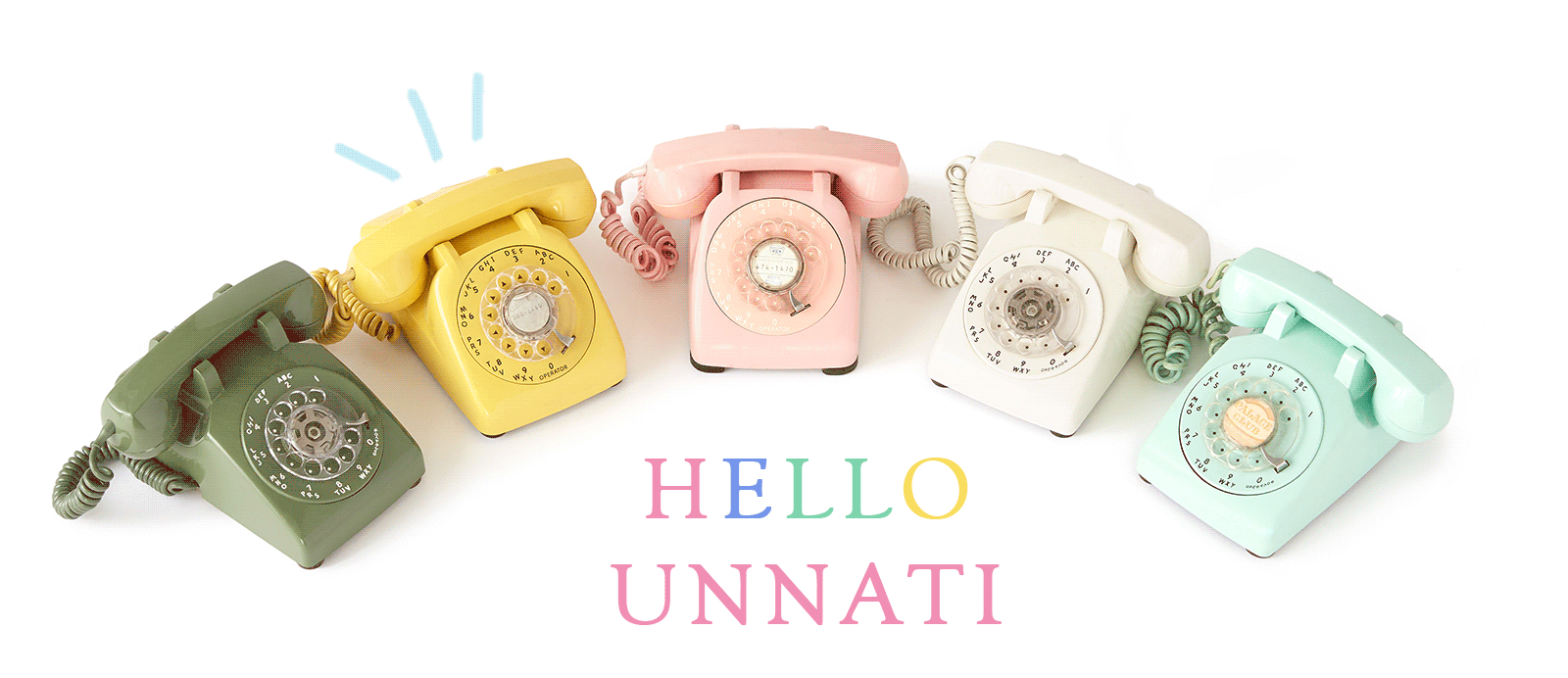Bagru - Printing Method
{{widget type="Magento\Cms\Block\Widget\Block" template="widget/static_block/default.phtml" block_id="973"}}
• Block printing is undertaken on both cotton and silk fabrics of varying counts. The fabric requires a pre-printing treatment where the fabric to be printed is washed free of starch and soft bleached if the natural grey of the fabric is not desired. If dyeing is required as in the case of sarees, where borders or the body is tied and dyed, it is done before printing.
• The fabric is stretched over the printing table and fastened with small pins (in the case of sarees the pallu is printed first and then the border).

• Historically, the fabric was stretched across a low table, usually about 2 feet wide and 5 feet long, and the craft worker sat on the floor while imprinting the fabric. However, since 1950, this has gradually changed with the tables now being waist high and measuring approximately 3 feet wide and 9 feet long. [L 9 X W 3 X H 3 feet]
• Each table now may have multiple block printers working simultaneously on imprinting the fabric depending upon the intricacies of the design.
• The block printer pushes along small wooden trolleys with racks that have castor wheels fastened to their legs to facilitate free movement as he works. On the upper most shelf trays of dye are placed. On the lower shelves printing blocks are kept ready. These blocks are then dipped in dye and imprinted on to the fabric by a skilled block printer.
• The printing starts from left to right. The color is evened out in the tray with a wedge of wood and the block dipped into the outline color (usually black or a dark color).
• When the block is applied to the fabric, it is slammed hard with the fist on the back of the handle so that a good impression may register. A point on the block serves as a guide for the repeat impression, so that the whole effect is continuous and not disjoined.

• The outline printer usually is more experienced because he is the one who leads the process.
• If it is a multiple color design the second printer dips his block in color again using the point or guide for a perfect registration to fill in the color. The third color if existent follows likewise.
• Skill is necessary for good printing since the colors need to dovetail into the design to make it a composite whole. A single color design can be executed faster, a double color takes more time and multiple color design would mean additional labor and more color consumption.
• Different dyes are used for silk and cotton.
• Rapid fast dyes, indigo sol and pigment dyes are cotton dyes. Printing with rapid dyes is a little more complicated as the dyes once mixed for printing have to be used the same day.
• Standard colors are black, red, orange, brown and mustard. Color variation is little difficult and while printing it is not possible to gauge the quality or depth of color.
The craft of Block printing is therefore characterized by the following processes that are integral to the craft:
• The blocks for imprinting are hand-carved by skilled artisans in wood
• These hand-carved blocks are used to imprint the design onto the fabric
• The imprinting is done by hand by a skilled block printer
Contact US
We will get back to you shortly!



